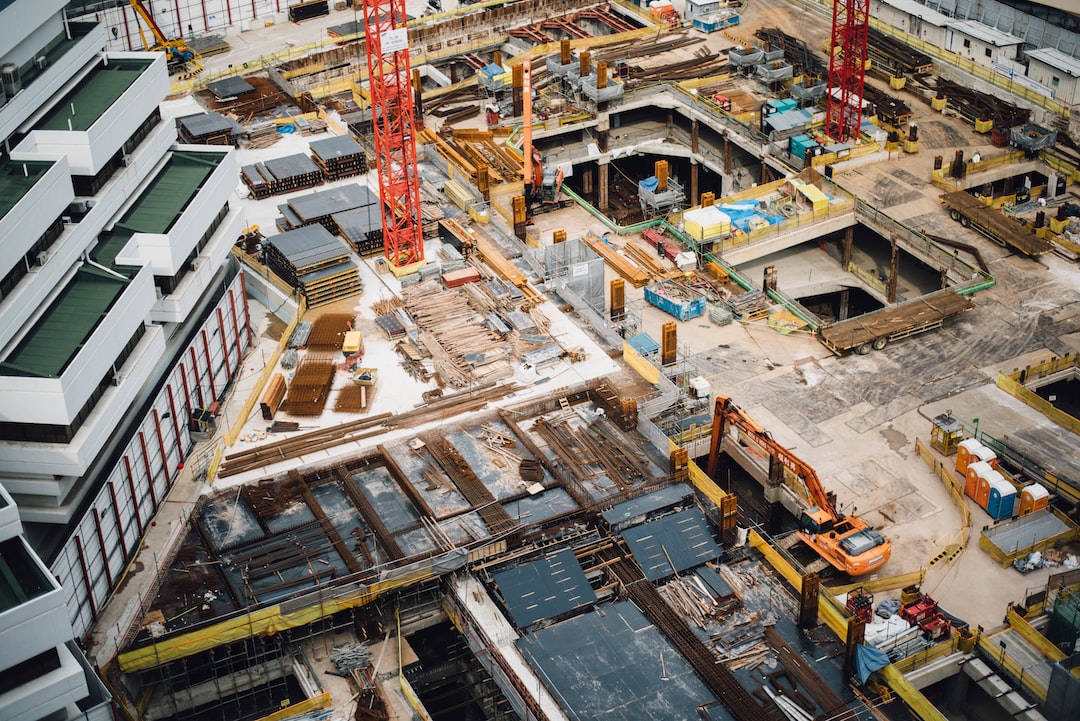Innovations in Sustainable Construction: Green Building Practices
As the world grapples with the challenges of climate change and environmental degradation, the construction industry has an increasingly important role to play in finding sustainable solutions. Green building practices have emerged as a key strategy to mitigate the environmental impact of construction activities and promote sustainable development. In this blog post, we will explore some of the most innovative practices and technologies in sustainable construction.
One of the most significant innovations in sustainable construction is the use of renewable and energy-efficient materials. Traditionally, construction has relied heavily on non-renewable resources such as concrete and steel, which have a substantial carbon footprint. However, green building practices emphasize the use of sustainable materials like bamboo, straw, and recycled content, which have a lower environmental impact. These materials not only contribute to reducing carbon emissions but also help in conserving natural resources.
Another area of innovation in sustainable construction is energy efficiency. Buildings account for a significant portion of global energy consumption, and inefficient designs exacerbate this issue. Green buildings integrate energy-efficient technologies like solar panels, LED lighting, and advanced insulation systems to reduce energy consumption. Furthermore, smart home technologies and automation systems enable occupants to optimize energy usage and create a more sustainable living environment.
Water conservation is another critical aspect of sustainable construction. The scarcity of freshwater resources and the growing global demand necessitate the implementation of water-saving measures in buildings. Innovations such as rainwater harvesting systems, greywater recycling, and efficient plumbing fixtures reduce the water footprint of buildings. Additionally, the use of landscaping techniques that require minimal water, such as green roofs and xeriscaping, further contribute to sustainable water management.
Waste management is a significant challenge in the construction industry, with vast amounts of construction and demolition waste generated each year. Green building practices focus on reducing, reusing, and recycling construction waste to minimize its environmental impact. The adoption of prefabrication techniques, modular construction, and careful planning on-site help in reducing material waste. Furthermore, the use of recycled and reclaimed materials, such as recycled concrete aggregate and salvaged wood, further lowers the environmental burden.
Sustainable construction also emphasizes the importance of indoor environmental quality. Buildings play a crucial role in supporting human health and well-being, and green building practices prioritize the creation of healthy living environments. Innovations in this area include the use of low-emission building materials and furnishings, efficient ventilation systems, and adequate daylighting. Additionally, the incorporation of biophilic design principles, which integrate nature into built environments, enhances occupant well-being and productivity.
In recent years, the concept of net-zero energy buildings has gained significant traction in the green building movement. Net-zero energy buildings generate as much energy as they consume, resulting in a neutral carbon footprint. Achieving this feat requires a combination of energy-efficient design, renewable energy generation, and energy management systems. Advances in solar energy, wind power, and energy storage technologies have made net-zero energy buildings increasingly feasible and economically viable.
The digitalization and integration of building systems have also revolutionized sustainable construction. Building Information Modeling (BIM) enables architects, engineers, and construction teams to collaboratively design and visualize buildings in a virtual environment, facilitating the identification and optimization of sustainable design strategies. Furthermore, the Internet of Things (IoT) allows for the real-time monitoring and control of building systems, optimizing energy consumption and overall performance.
While innovations in sustainable construction are already making significant strides, ongoing research and development promise even more exciting developments. One area of particular interest is the exploration of bio-based materials, which are derived from organic sources and have the potential to further reduce carbon emissions and promote circular economies. Moreover, emerging technologies, such as 3D printing and robotic construction, hold the promise of faster, more efficient, and sustainable construction processes.
In conclusion, sustainable construction practices are essential for mitigating the environmental impact of the construction industry and promoting a more sustainable future. From renewable materials to net-zero energy buildings, innovations in green building practices offer exciting solutions to pressing environmental challenges. As builders and designers embrace these innovations, it is crucial to continue investing in research and development to drive further advancements in sustainable construction and contribute to a greener and more sustainable world.


